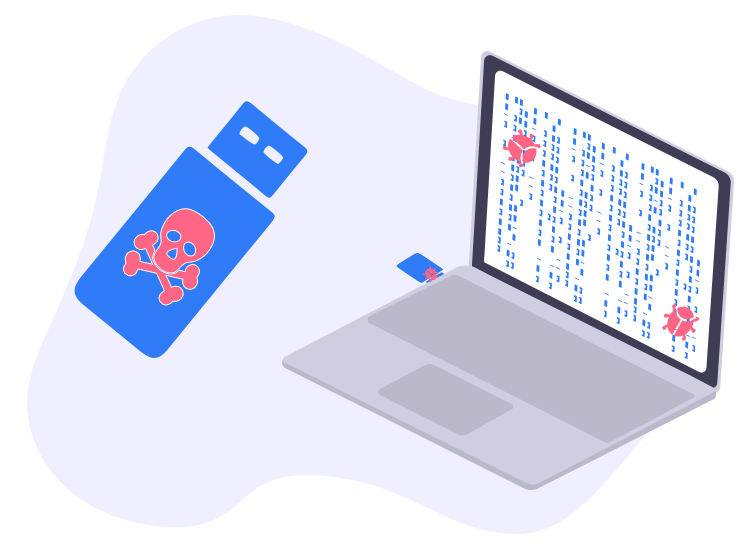
A Boot sector virus infects the hard disk or the Master Boot Record of your computer system and executes itself when you boot your device. It gets loaded on your device memory and keeps infecting the floppy disks which you run on the infected device.
A Boot Sector Virus infects the device at the BIOS level and uses Denial of Service commands to spread the infection to other removable devices, specifically floppy drives. The introduction of Windows 95 marked the extinction of the Boot Sector virus as its Operating System has little to do with DoS and was powered with advanced dodging capabilities.
Currently, cyber-criminals are using bootkits to infect the MBR codes of a device but removable disks are not their focus. Polymorphic malware is another form of computer virus used to infect numerous PCs worldwide, the virus is capable of modifying itself according to varied system vulnerabilities.
Common Symptoms of a Boot Sector Virus
Some of the most common symptoms of a Boot Sector Virus are:
- Your device may become unstable and wobbly.
- It may also cause multiple data retrieval and boot problems.
- It may also cause your device data to disappear.
- You may frequently experience connection issues with error messages saying “Invalid system disk”.
- Your device might fail to connect and execute the hard drive.
Damage Control | Prevention Tips
Computing hygiene and proper vigilance is the best preventive measure that can help you keep your device and data safe.
- Use strong and up-to-date antivirus software: Antivirus software will not only scan and protect your device from malicious infection but is also capable of detecting any suspicious virus-like activity.
- Create device backups: Regular backups offer a great way to combat data losses caused by virus infection. In addition to this, always scan your backup files before running them on your device.
- Whenever you try using a portable disk on your computer, scan it with a powerful antivirus tool before accessing any files stored in it.
- Apart from this, security experts also advise that one should never download software directly to the removable drives and should only use reputable and official domains for all downloading needs.
- If you think that your device is infected, don’t use any removable media on it to copy and move data, as it might infect other devices as well on which the portable disk is executed.
In addition to this, you can also follow the below measure to avoid new age malware and PC threats.
- Do not open emails from unknown sources.
- Avoid opening any files with double file extensions as they are usually infected.
Stay informed and carry utmost vigilance to save your high-end computer devices from damages.

